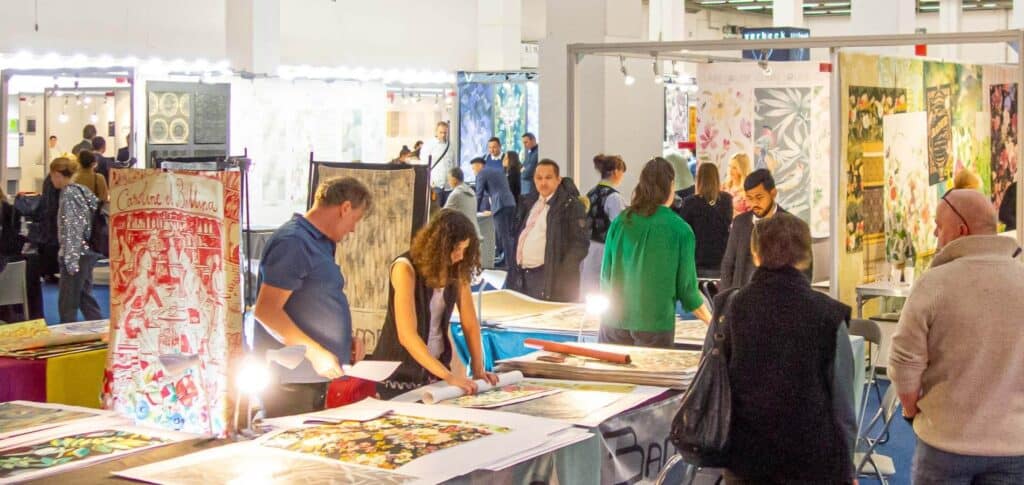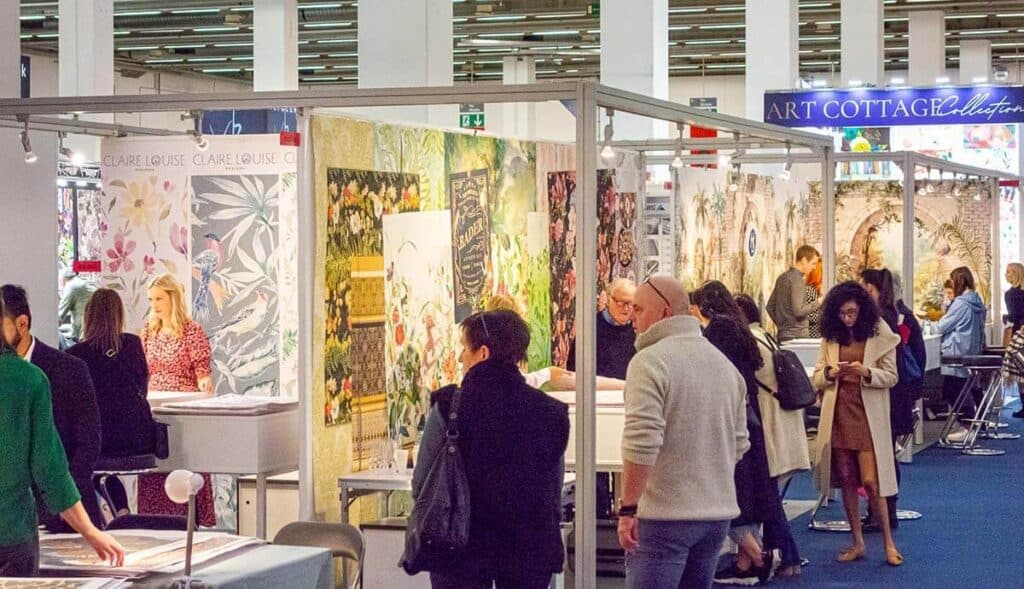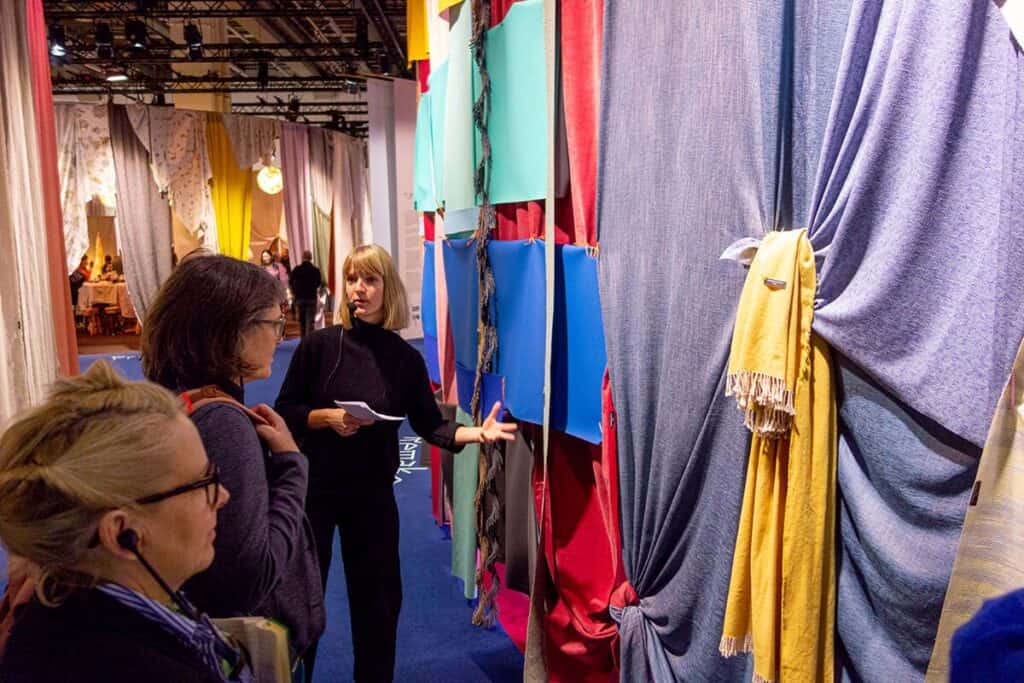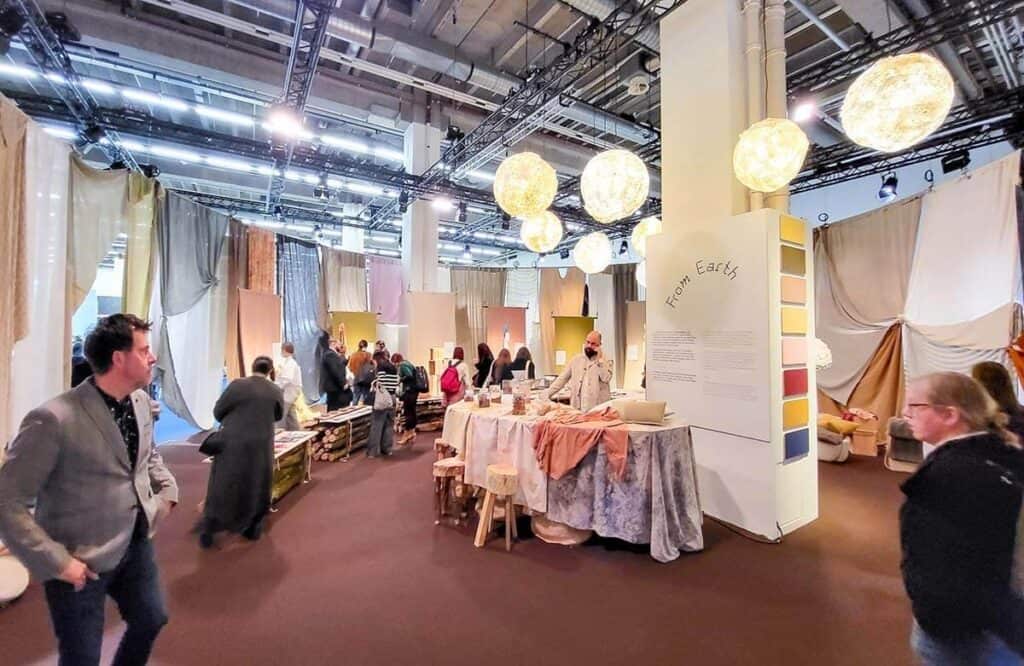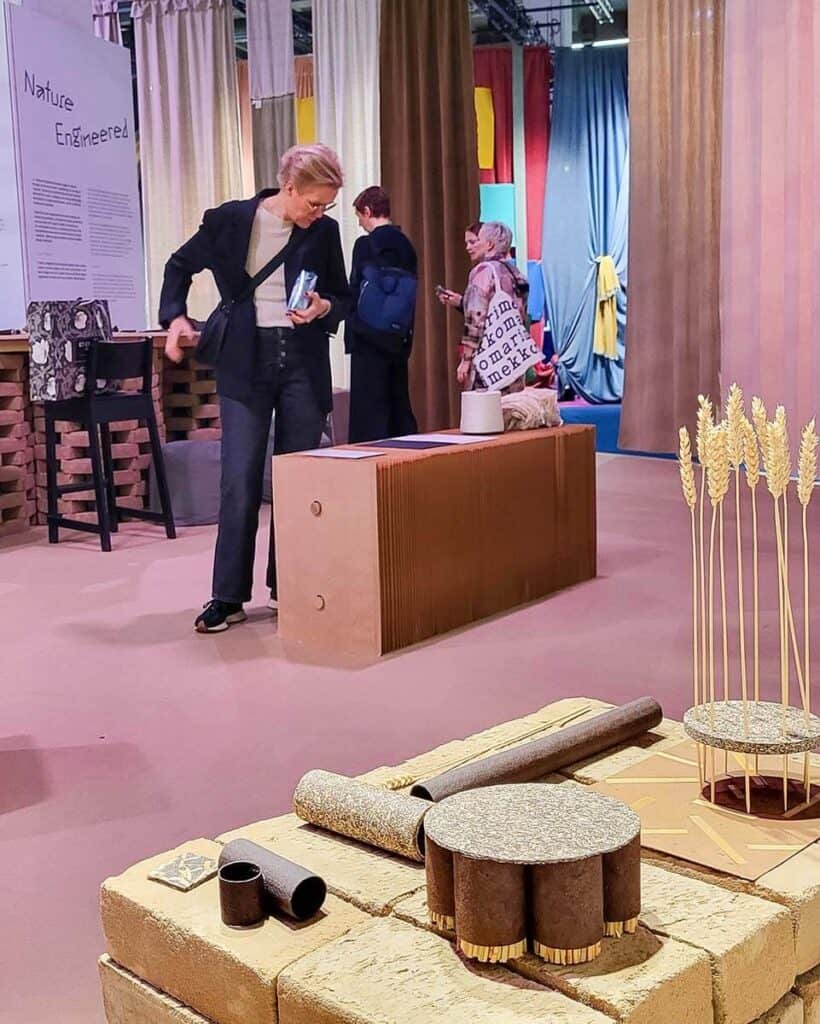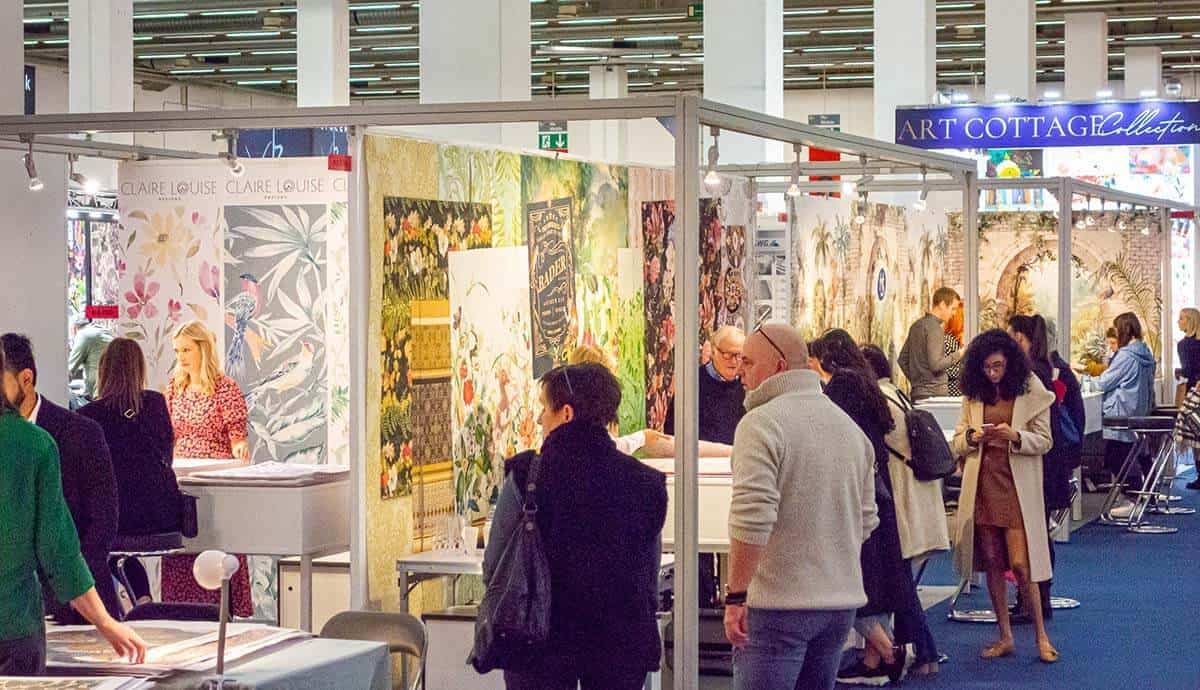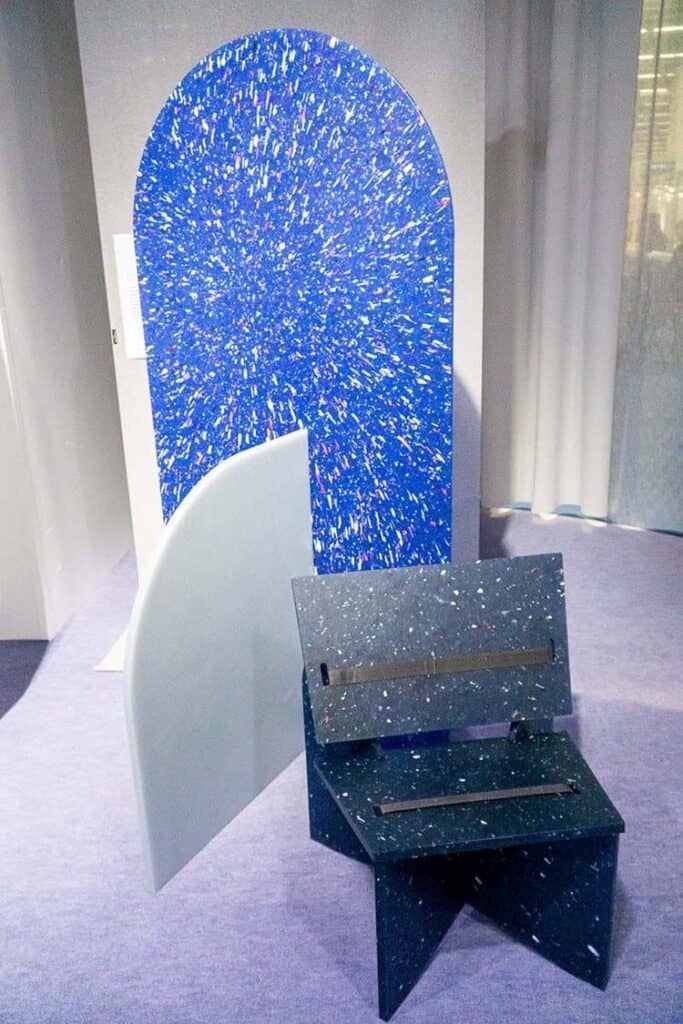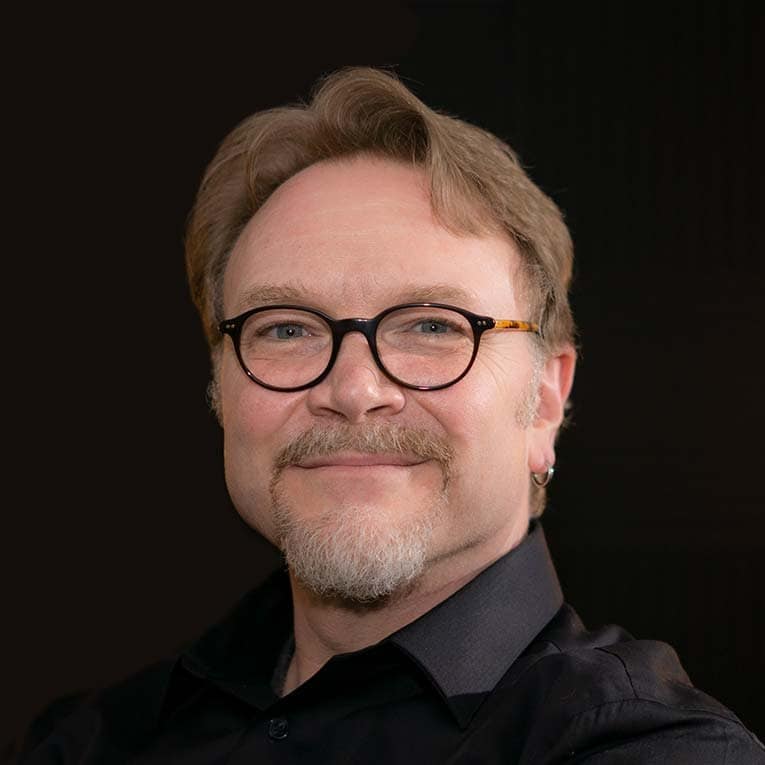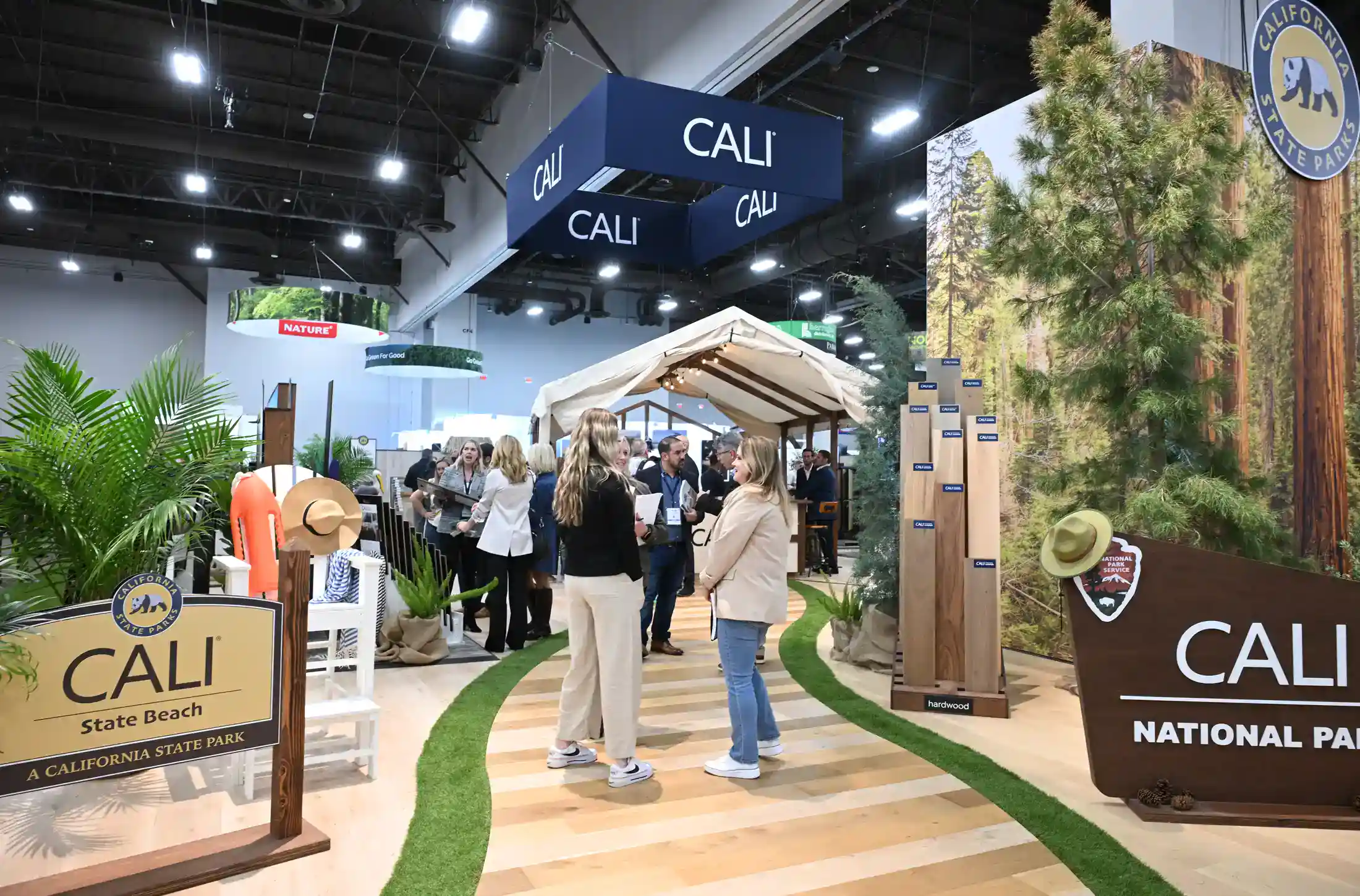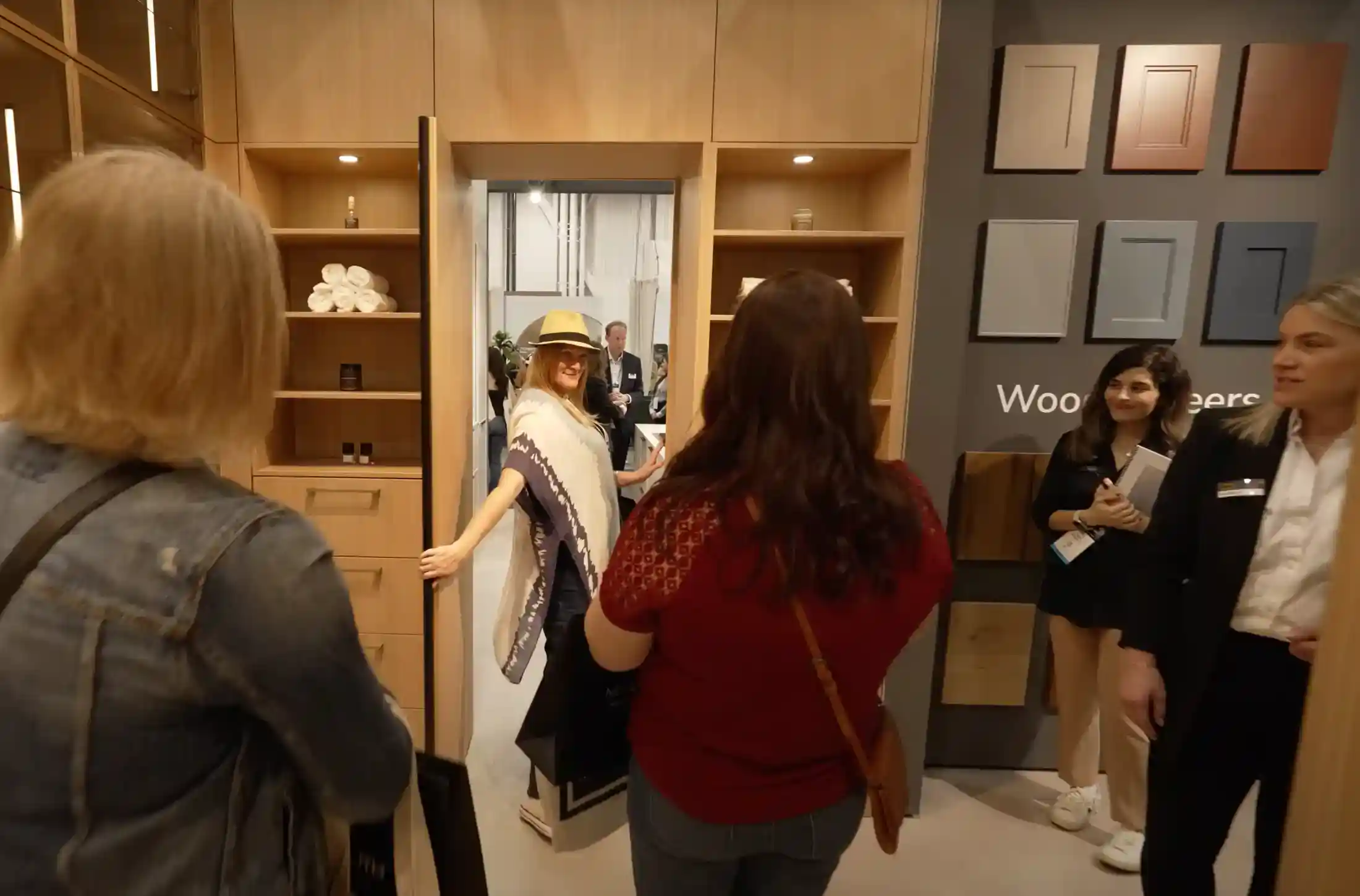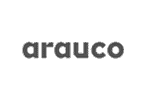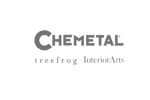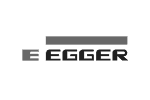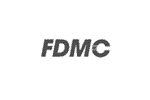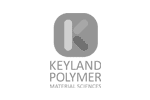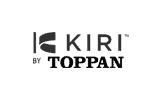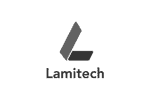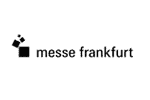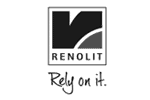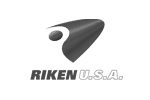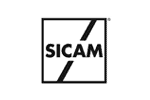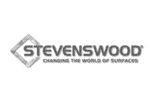Heimtextil’s Interactive Future Materials Library Brings What’s Next to the Here and Now
The Event: Heimtextil
When: 10 – 13 January
Where: Frankfurt, Germany
Why: The first major international trend fair every year, with a focus on material and sustainable innovations in fashion and interiors
By Kenn Busch
Heimtextil, the world’s largest textiles fair, once again punched above its weight, reaching beyond fabric and wallcoverings into the larger realm of material and sustainability innovations.
Yes, the fair has hall after hall of major textile displays and dramatic over-the-top wallcovering exhibits. And, yes, it kicks off a string of international events every January that set the tone and trends for commercial and residential interiors.
But it also boasts a carefully curated series of presentations and lectures by materials experts, trend analysts, and forecasting organizations targeted toward furniture and interior design that you won’t find at any other event on the globe. Even better, the thinkers and presenters are on hand to interact with visitors throughout the show.
Under the 2023 umbrella “Textiles Matter,” the recurring “Future Materials Library” feature was created once again by London-based futures agency FranklinTill. The library is parsed into four major themes that drive not just textiles but all materials used in consumer and commercial products and spaces.
Four Key Themes
The 2023 Future Materials Library celebrates radical designers, innovative manufacturers, and environmentally conscious producers who are helping to turn our current linear system of production and consumption – “take-make-waste” – into a circular model.
Featuring a mix of commercially viable and early-stage developments, the textiles and interior materials exhibited in the library have been collected under the four key themes:
- Make & Remake
- Continuous
- From Earth
- Nature Engineered
Together, organizers say these inspiring themes encourage producers and consumers alike to focus on a more sustainable production cycle – and emphasize the creativity, innovation, and positivity of a shift from a linear to a circular system in which materials are repurposed and kept in use for longer.
Make and Remake
Make and Remake celebrates the transformation and rejuvenation of pre-used, deadstock, and remnant textiles into beautiful, desirable products.
Designers are encouraged to let their imaginations run free, using creative, unexpected processes and applications to repurpose the wealth of already-available materials. Techniques such as overprinting, overdyeing, bricolage, collage, and patchwork create a maximalist, joyful mix of color, print, pattern, and texture.
The aesthetics of repair come to the fore, as contrast joinery, stitching, and patching become features in their own right, and encourage visible rejuvenation. The inventive, ingenious approach of Make and Remake has a joyous, energetic appeal.
Color Palette
A palette of nuanced brights represents color that has been recycled and reclaimed. These saturated hues feature added complexity that suggests the effects of age, wear, and transformation through time and processing. Challenging assumptions that eco-conscious color must be muted and dirtied, this palette boasts vibrancy and dynamic contrast.
Great examples from the Make and Remake materials area:

“Fragments of the Whole, 20,204” – Erin McQuarrie, USA
Erin McQuarrie, based in Brooklyn, New York, combines craft and digital techniques, often utilizing ancient or traditional textile techniques that are undervalued or underused, combining them with new technologies. Her pieces feature intriguing color harmonies, tactile qualities, and architectural properties. Her ‘Fragments of the Whole, 20,204’ collage is composed of waste fabrics, paper, and thread, assembled using print, weaving, and stitching techniques.
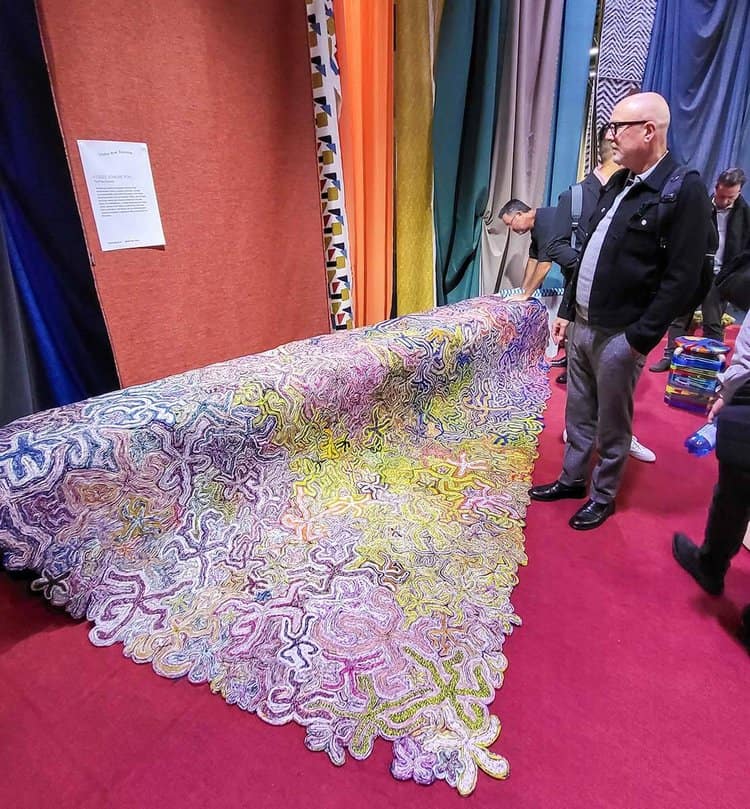
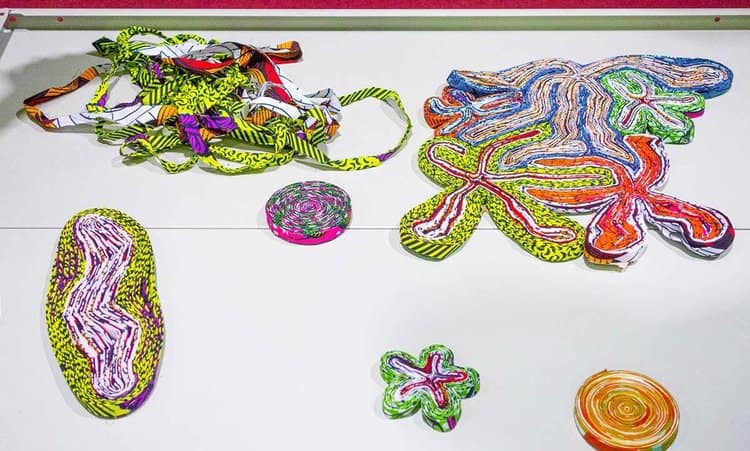
simonepost.nl
Continuous
Continuous celebrates zero-waste, closed-loop production that sees material recycled into new products again and again. Technically advanced reclamation processes allow designers to achieve an elevated, refined aesthetic, as materials retain their original quality.
Designers are keeping low impact front of mind, aiming at mono-materiality (single materials are easier to recycle than blends). Modularity and design for disassembly (products that are easy to take apart and repurpose) are also key techniques. The Continuous aesthetic doesn’t flaunt its eco credentials. It is practical, pared-back, utilitarian, and timeless, reflecting a sense of essentialism and longevity. Its impact is sophisticated and subtle, with universal appeal. This theme extends beyond design: transparency builds trust here, and communicating the Continuous message clearly and simply reinforces that trust.
This means clearly communicating the full circular system and building relationships between customer and brand to guide materials back for their next life.
Color Palette
A minimal palette of modern, essential hues. From bright white through a series of warm greys and sage into sophisticated blues and near-blacks, nuanced undertones and added complexities elevate classic color.
Continuous Materials:

Smile Plastics, UK
Working with post-consumer and post-industrial plastics destined for landfill, UK-based Smile Plastics manufacture and design unique, handcrafted panels for retail, architecture, interiors, and product design.
Visually demonstrating the Continuous cycle, participants are asked to make design decisions that will alter product cycles and journeys. Selecting and disassembling household objects, shredding and granulating, and adding color and pattern, a showcase of panels using myriad techniques illustrate the material’s modularity and design for disassembly.

From Earth
From Earth is focused on the natural world and its well-being benefits. There is a deep respect for materials and a desire to reconnect with nature. Designers are exploring the potential of diverse natural resources, emphasizing the warmth and softness of organic materials, and the astonishing color diversity of natural dyeing. The existing beauty of the Earth’s materials is highlighted, as designers collaborate with nature rather than controlling it, embracing natural variation. Imperfection and variation are preferred over standardization, and raw finishes are sought after. From Earth uses crafting techniques to add textural, tactile richness. This theme gives ecological, earth-born aesthetics a welcome new vibrancy.
Color Palette
An earthen palette reflects organic matter and natural dyes. Warm, soft and muted, these botanical hues of plant origin range from complex takes of olive and lime to warm beige and pink, and bold indigo. This palette celebrates the beautiful natural variation and nuance of organic color.
From Earth Materials
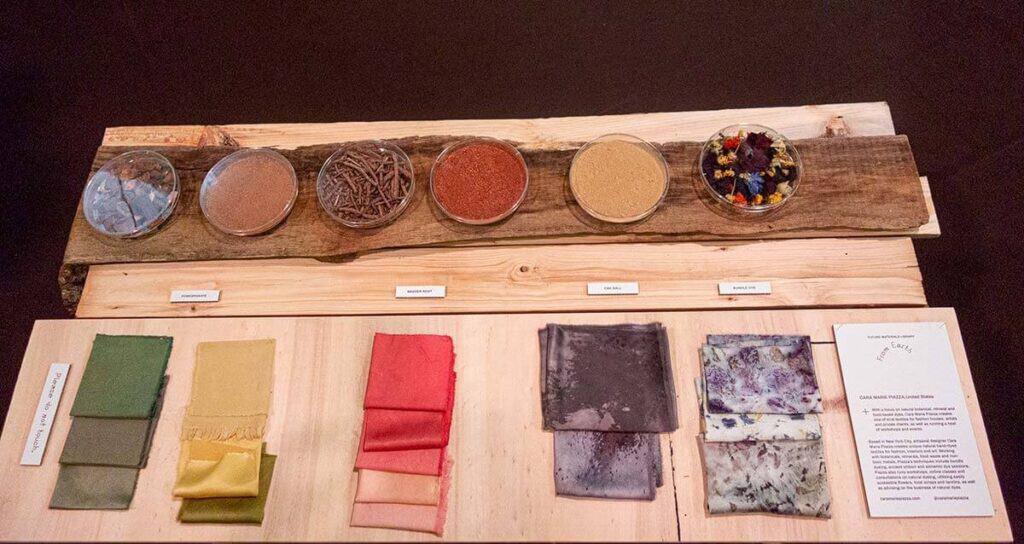

Nature Engineered
Nature Engineered elevates organic material through mechanical means, redefining our concept of “natural.” Working sympathetically with raw materials derived from nature, designers are using cutting-edge techniques to create sophisticated and smart functional textiles and materials.
Clean lines and engineered forms and surfaces are honed and perfected, yet retain the tactile authenticity we associate with organic matter. A strong focus on sustainable sourcing, processing, and end-of-life considerations elevates the performance of natural materials, offering huge potential to disrupt multiple design industries.
Color Palette
A fresh, enlightened architectural palette sees cold, hard, urban greys replaced by complex modern neutrals. From warm beiges and tan to green-brown and brown-green, engineered natural hues have a clean, refined quality.
Nature Engineered Materials:
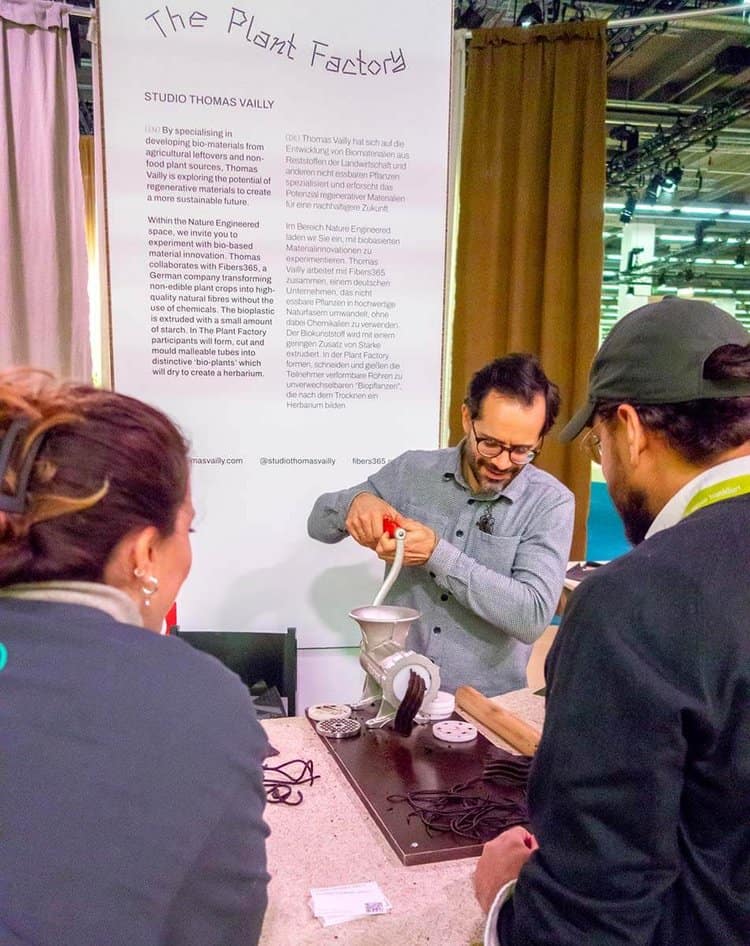

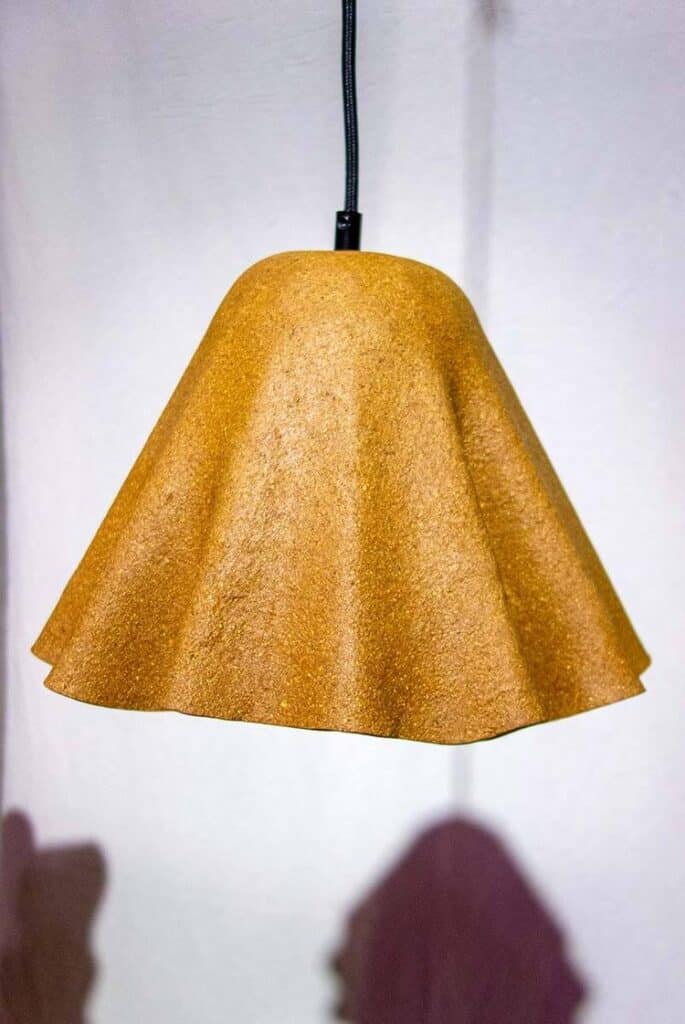
Biohm, UK
Biohm is a leading pioneer in the research and development of biobased materials. The company’s Orb material is made from food production and agricultural by-products, including orange peel and coffee beans. Using an organic binder, the waste is processed into an affordable, sustainable replacement for wood-based materials that can be pressed, molded, extruded, or 3D printed. Biohm’s ‘Obscure’ collection of lampshades is made from Orb. At the end of their lives, these lampshades can be fed back into the Orb production process to make new products, or they can be composted.

